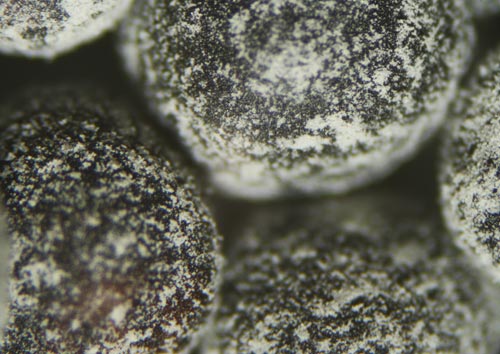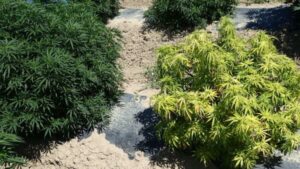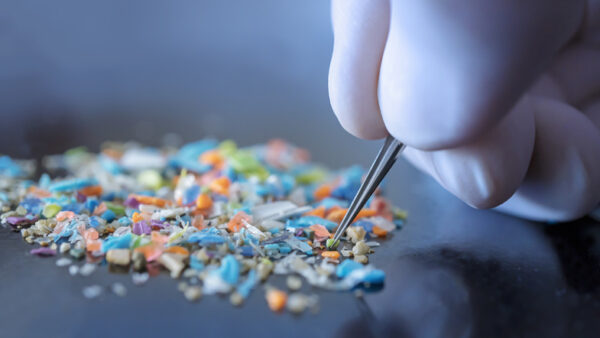When someone mentions the word “virus,” my mind immediately thinks it’s not something I want to catch, which is likely to be followed by the consumption of extra vitamin C and excessive hand washing. But as Exosect shows us, not all viruses are bad.
The UK-based company specializes in developing methods to deliver biologicals and synthetic active ingredients to seeds and foliage for crop protection. Exosect researchers have been working to overcome formulation challenges associated with virus delivery in agriculture, and have recently witnessed positive interim results.
The company is researching the use of viruses as a delivery vehicle for the application of RNAi molecules to seeds and foliage for crop protection. Additionally, Exosect scientists formulated a baculovirus, a category of virus routinely used against lepidopteran pests in agriculture.
According to Exosect, baculoviruses have been successfully used to control a number of economically important pests, including caterpillars, sawflies and beetles. Known for their positive environmental profile, baculoviruses are highly specific, leave zero residues, can be applied up to the day of harvest and have re-entry intervals of a matter of hours.
Despite these benefits, uptake remains somewhat limited due to a number of drawbacks. They are highly sensitive to ultra violet degradation with significant reductions in efficacy observed within four to 24 hours of application in full temperate sunlight. As such, researchers say the applications need to be precisely timed, and repeated applications are often required to achieve control of multiple generations, making their application more expensive and time consuming to the grower.
Exosect has developed a novel sprayable formulation of a baculovirus, Spodoptera littoralis or African cotton leaf worm. Initial studies confirmed that the Entostat encapsulated virus suffers no impairment through the formulation process. The latest studies have revealed that formulation using Entostat enables a 50 percent reduction in the amount of virus required to match the treated control.
“The data shows that the Entostat formulation is successfully delivering the virus to the insect gut,” says Aoife Dillon, Exosect’s chief technology officer. “The next phase is to test the extent to which Entostat can provide UV stability to the virus.”
While the research team has seen positive results with the sprayable formulation, scientists will be investigating ways to apply it to the seed.
“Novel formulations can provide a significant competitive advantage, this is especially true when formulating microbial active ingredients where patenting a specific virus or isolate of a bacteria or fungus is fraught with complications,” says Andrew MacNaughton, Exosect CEO. “In this situation, Exosect’s wide patent portfolio surrounding the delivery of active ingredients to targets offers licensees the opportunity to generate further intellectual property around the formulation itself.”












